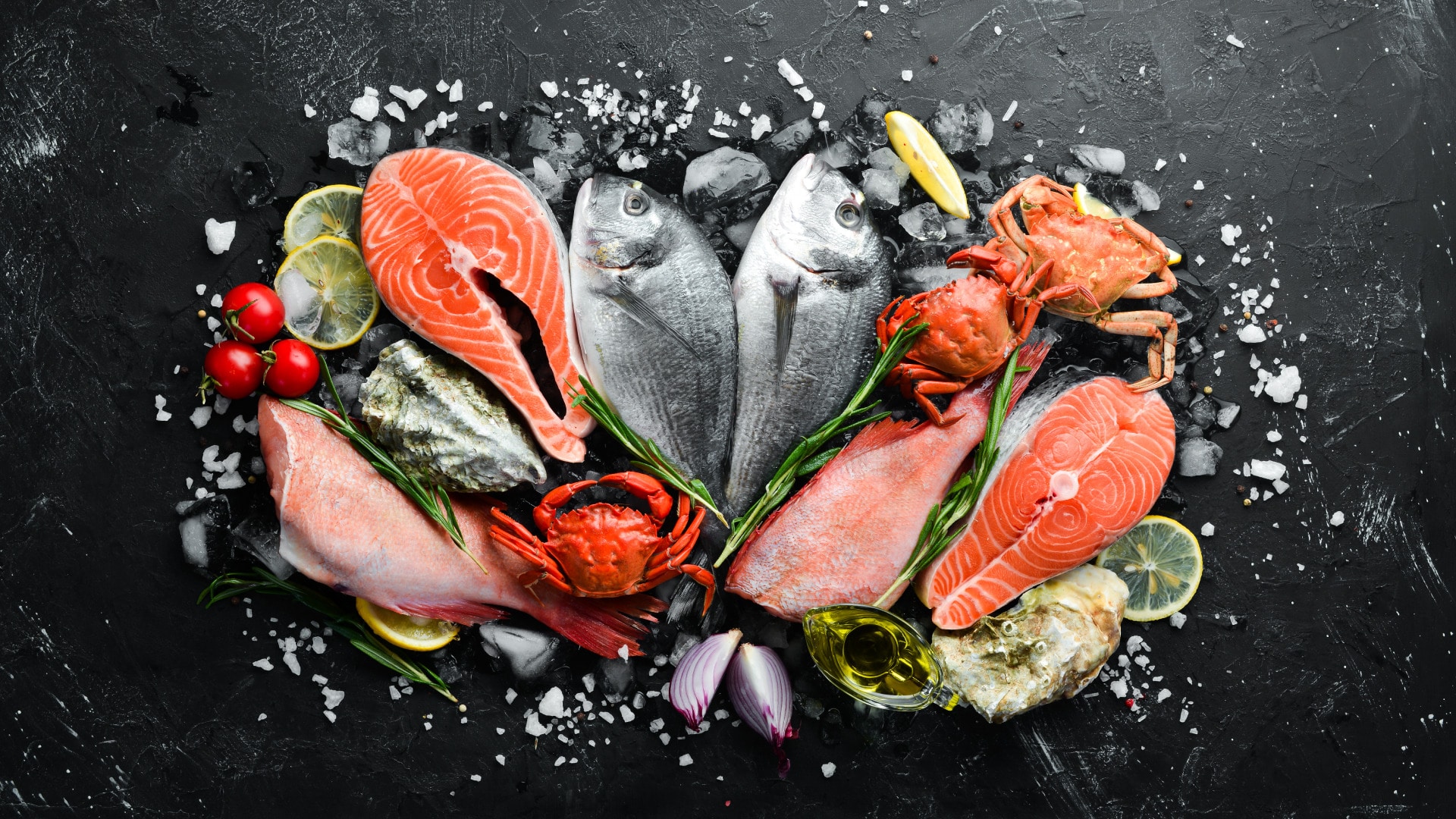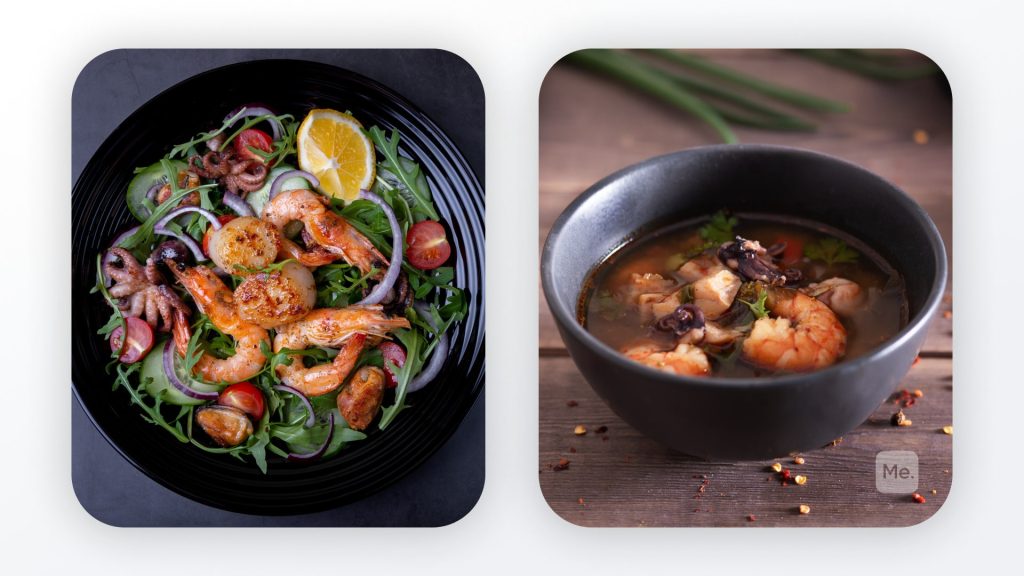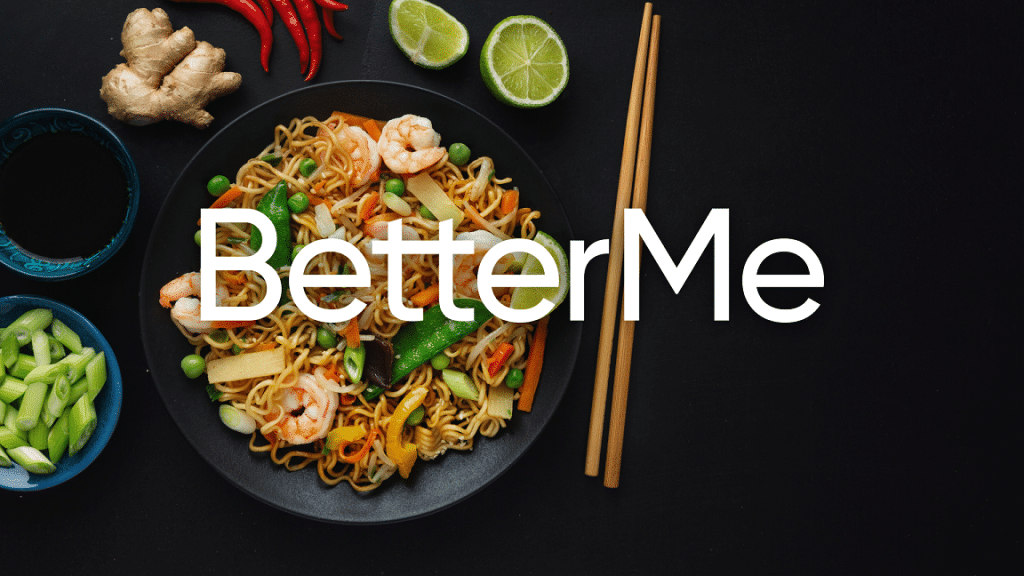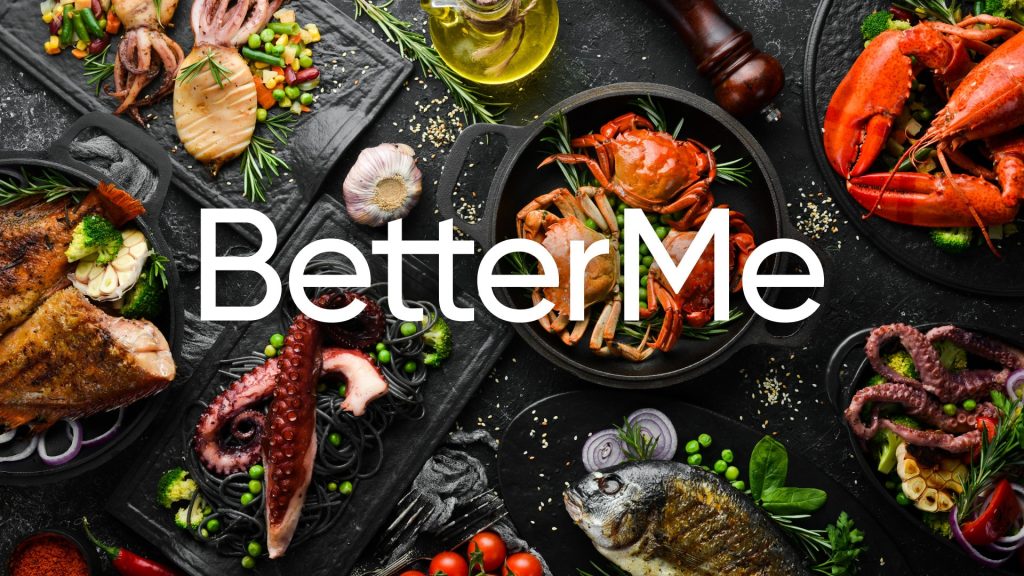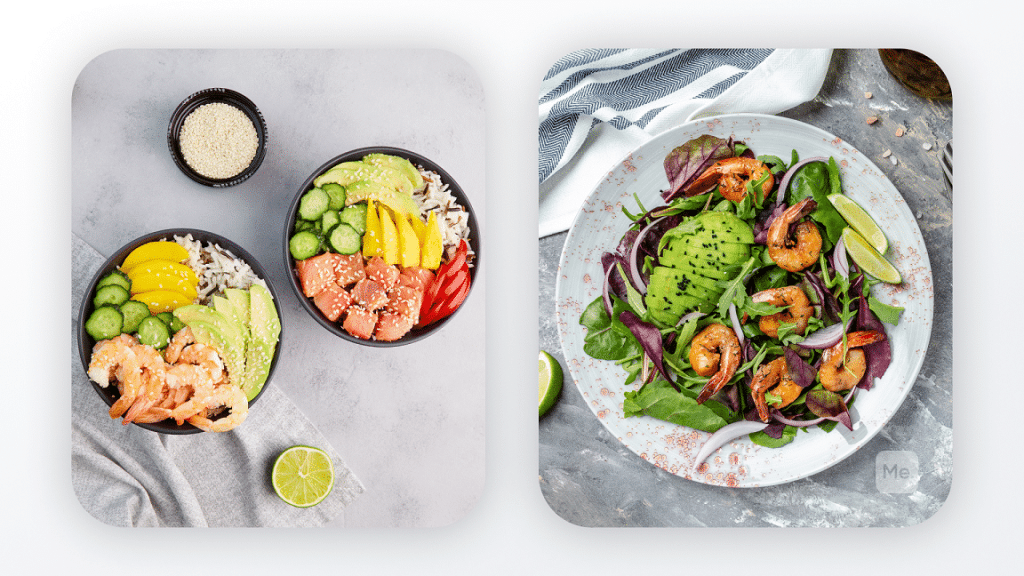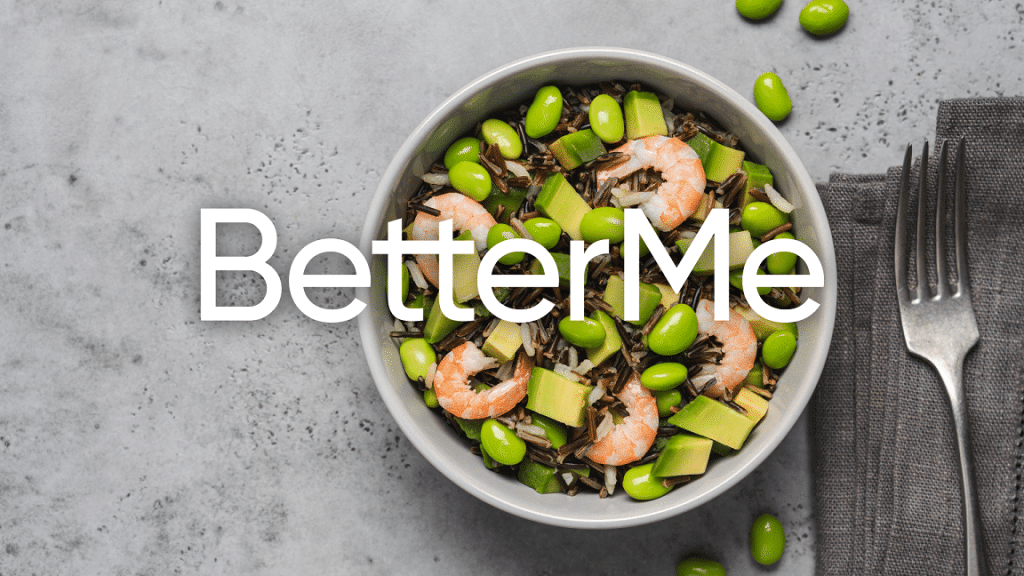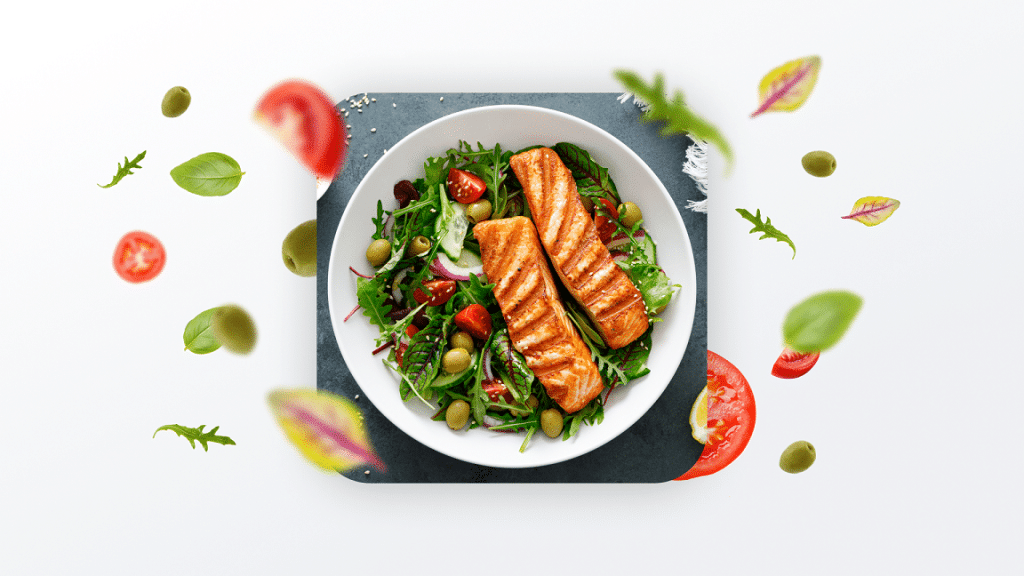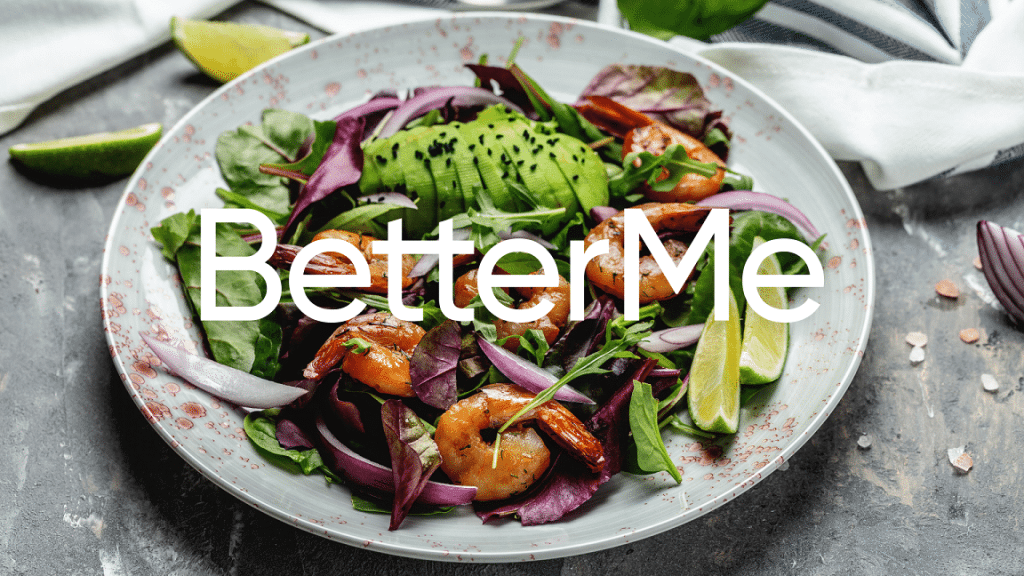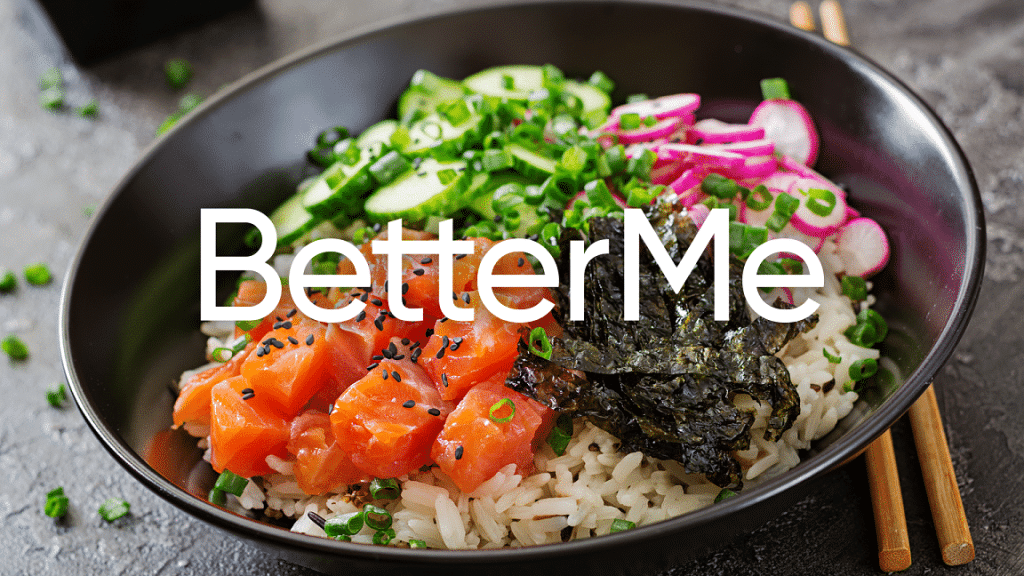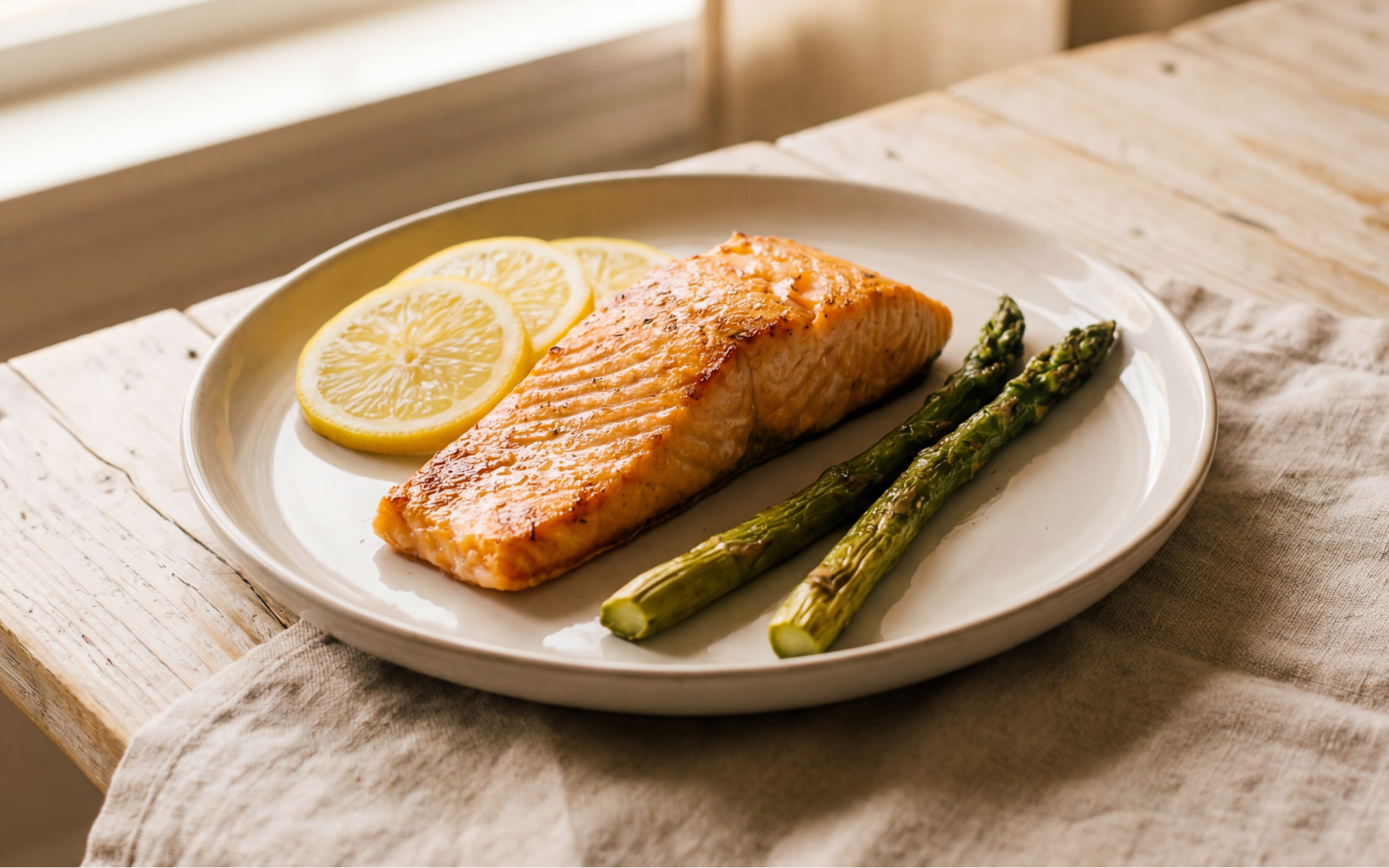Seafood Diet To Turbocharge Your Weight Loss
Among those factors that determine a healthy lifestyle, consumption of the right kind of meals is significant. As far as possible we want to choose the right kind of meals because when the right foods are consumed, our body has enough energy to work with. One of those kinds of diets that researchers have found to be healthy is the seafood diet. However, this is not to say that it does not come without its shortcomings. Before deciding to embark on this dietary plan, it is crucial to understand what the plan is all about, as well as the health benefits and risks associated with following it.
Get your personalized
meal plan!

What Is The Seafood Diet?
It is the kind of diet whose primary source of protein is from fish and shellfish. A person who consumes shellfish and fish consistently enjoys a supply of lean protein and reasonable amounts of Omega-3 fatty acids, which are able to reduce a person’s risk of diabetes and cardiovascular diseases. Omega-3 can reduce the risk of an abnormal heart rate, which can lead to sudden cardiac death, and it can reduce triglyceride levels as well as those of blood pressure to some extent (18).
There are restrictions on some kinds of fish which however, especially for pregnant women, nursing mothers, and young children are encouraged to exclude from their diet. These are primarily fishes that have high mercury levels. Some of them include tilefish, mackerel, swordfish, and shark (1). Considering the health benefits that are contained in fish, the Dietary Guidelines for Americans has recommended that it should be consumed at least twice a week (4). Some of the proven kinds of fish that are worth consuming include salmon, trout, barramundi, pollock, tilapia, flounder, sole, sardines, and cod. These types of fish are said to contain low amounts of mercury.
Read More: Lean Meats For Weight Loss: Staying On Track With Your Fitness Goals Without Sacrificing Flavor
The Seafood Diet: Should I Eat Fish Alone?
The fact that a person is on a seafood diet doesn’t mean that they have to eat fish alone; it means that they should include a variety of seafood in their diet. Some people who have a weight-loss goal benefit from this kind of meal plan because it gives them enough in daily protein and Omega-3 fatty acids. Shellfish, for instance, has a lot of protein, and the good thing about it is that it also doesn’t have so many calories. Besides this is thought to help in reducing fats in the body, while at the same time increasing lean muscle.
Apart from the omega-3 fatty acids and protein that are contained in the seafood diet, there are some other nutrients that the body needs which are supplied by seafood. Oysters for instance, contain selenium, zinc, and vitamin B12. Whitefish, like flounder and cod, may not have such an abundance of omega-3 fatty acids but they have very lean protein. Cod has more protein than fat, and it contains vitamins B6 and B12, niacin, and phosphorus (8).
What Is The Diet Called When You Eat Only Seafood And Vegetables?
The diet that combines seafood and vegetables is called a pescatarian diet. The meal plan is nutritious in that it combines plant-based foods, which are rich in phytochemicals, minerals, and vitamins as well as seafood, which contains sufficient protein and omega-3 fatty acids.
The uniqueness of this plan is that it combines the rules involved in the vegetarian diet and seafood. As much as possible, dieters who follow this meal plan feed on plant-based meals like legumes, nuts, whole grains and healthy fats. In addition they also source their protein from seafood consumption.
As for the fruit and vegetables that can be consumed while on this dietary plan, there are no specific types; what matters is to have a blend of different fruits and vegetables, and that will be good. However, it should be noted that the consumption of all land-based meat products is discouraged when following the plan. This means that apart from doing away with red meat, pork, lamb, and poultry have to be avoided as well.
Yanking yourself back in shape has never been so easy with our game-changing fitness app! Start transforming your life with BetterMe!
Seafood Dietary Plan
If you are considering working with a seafood dietary plan, here are a few options that can guide you (17):
Breakfast
When you are on the seafood diet plan, there is a variety of food that you can consume for breakfast. A breakfast meal containing an egg and combined with shellfish or fish will go well. If you want a quick fix, you can scramble the egg with crab meat, or salmon, together with a handful of green leaves. Alternatively, you can consider an english muffin with cod or tilapia alongside a slice of low-fat cheese. If for any reason you have some leftovers from your lunch or dinner a previous day, you can decide to heat it again. All you need to do is just add a piece of fruit or a slice of toast, and that would be perfect for a nice breakfast.
Lunch
You can have sandwiches and salads with the seafood for your lunch, depending on your choice. You may also decide to load up an arugula salad with vegetables and then toss it with oysters, steamed prawns, or scallops. Alternatively, you may choose to prepare creamy seafood salad and for your sandwich filling, you can use plain yoghurt, corn and beans. A variety of fish fillets together with a few fresh salads can easily make up your pitas, raps, and sandwiches. If you steam the fish with rice and season with lime or lemon juice, that combination can also make a good lunch.
Dinner
If you need some excellent seafood dishes for your dinners, you can go for stir-fries, soups and kinds of pasta. The exciting thing about this is that none of them takes time for preparation. If you opt for pasta, get one in Alfredo sauce (low-fat) and toss with sole, scallops, flounder, or cod. For the next few days, you can prepare a big batch of jambalaya or clam chowder soup and consume it for your dinner. Any kind of seafood with a stir-fry and fresh vegetables, served together alongside whole grains (cooked) can also make a delicious meal for your dinner. Just make sure you balance it with a handful of berries or banana for dessert.
Seafood Snacks
Can seafood like herring, sardines, tuna, and oysters have enough nutrients to keep you going? Fish jerky tastes good and is portable, and more so, it has a range of flavours, which means you wouldn’t have done too bad if you considered that as well. In case you want to prepare for a group of people, you can choose oysters, mussels, or shrimp cocktail and you are good to go.
How To Go On A Seafood Diet
One thing to note is to be interested in this dietary plan, and another thing is to know how to begin. When you are starting one of your main concerns should be in differentiating between fishes that have high mercury and those with low mercury levels. As much as consumption of fish is encouraged for everyone, there are those including pregnant women, nursing mothers, and children, who should take extra precaution because consuming those that are high in mercury can pose risk to their body system.
It is highly advisable to consume unprocessed shellfish and fish. The rule is the fresher, the better (12). Also, fish which contain more oil, like sardines, mackerel, herring, and salmon, contain higher Omega-3 fatty acids, and the chance of drying them out during cooking is very slim. According to research carried out to guide women on fish consumption during their pregnancy, pregnant women are discouraged from eating raw fish, especially sashimi and sushi, as well as any fish typically high in mercury (3).
So, when you are starting out, for your breakfast you may decide to have sardines and spinach to make a pesto, and then spread that on the crostini. For the sardines, you may prefer to choose the fresh ones. This meal is suitable for breakfast because it has vitamins C and A, which will increase the total iron that your body takes in.
For lunch, you may consider tahini, which is rich in Omega-3 fatty acids and protein. Together with chickpeas, tahini makes up a Mediterranean salad and you will have a nutritious meal for your lunch. Then, for your dinner consider salmon. A fish with potent flavor alongside some citrus fruit like grapefruit, which is high in fiber and vitamin C, will enrich your body with the necessary nutrients to keep you satisfied for the whole night.
Seafood Diet Weight Loss
Research that was conducted on finding a weight loss diet for young adults concluded that meals based on fatty fish and fatty oil could contribute to weight loss (14). This means that adding seafood to a nutritionally balanced diet is a useful way of boosting weight loss. Without a doubt, every kind of fish is high in protein, but some of them contain more fat than the others.
Interestingly, as much as the fat in fish like mackerel and salmon is good for a person’s health, it can also help with losing weight. The process of having both benefits begins with understanding how to plan so that one reaps all the benefits contained in fish consumption. Therefore, to achieve this weight loss plan there are a few things that must be put into consideration, and some of them are explained below (11):
Avoid Fried Fish
If you are losing weight, one of the main things you have to avoid is the frying of fish. This is because it increases the total calories contained in it, which ultimately hinders the achievement of your weight loss goal. Instead of frying, it is better to broil or bake the fish. Sprinkle paprika, chili powder, onion powder, or garlic powder and salt on the fish you want to bake. This will increase the flavor you get.
Bid Mayonnaise Farewell
Most of the tuna salads have a lot of mayonnaise and consequently contain excess calories, which is not wise to consume when on a journey to losing weight. Instead of mayonnaise, use low-fat plain yogurt to reduce the total calories. You can also mix in drained canned tuna with lemon juice, white beans, and some drops of olive oil, all served on a bed of greens
Carefully Choose Your Sushi
All the raw fish, rice, and vegetable combinations are healthy meals, but it should be noted that most of the sushi rolls contain other ingredients whose calories are higher. Rolls containing mayonnaise and fried ingredients should be avoided.
If you wish to free yourself from all the extra pounds that have been weighting you down for way too long, start using the BetterMe app and overhaul your entire life!
Why Is Seafood An Important Part Of The Japanese Diet
The typical traditional Japanese diet has lots of whole foods that are rich in seafood and plant-based foods. This diet has a meagre amount of fat, added sugars, and animal protein. Foods like natto, tofu, steamed rice, seaweed, noodles as well as pickled, cooked or fresh fruits and vegetables are also contained in their diet.
The diet has a considerable amount of health benefits. For instance, research conducted on nutritional characteristics of the Japanese diet has confirmed that the menu naturally has different nutrients, including iron, magnesium, calcium, fibre, potassium, and vitamins A, C, and E (13). Apart from that, foods like vegetables, fruits, soybeans, and seaweed naturally contain an adequate amount of fibre, all of which makes our digestion easy and in addition the insoluble fibre that they carry make these foods move fast through the gut so that a person’s risk of constipation is reduced.
The presence of seafood in the Japanese diet partly enriches the diet with omega-3 fatty acids, which serve to promote healthy eyes, brain, and heart. Staples like fish, fruits, vegetables, and seaweed all contribute to protecting the heart against related diseases. A study on Japan’s dietary patterns and cardiovascular disease mortality published in 2007 reported the fact that heart disease risk is low among the Japanese even though they consume so much salt, which is a factor that has been shown to hike the risk of heart disease (5).
Read More: Different Types Of Diets: The Lowdown On The Most Talked-About Weight Loss Strategies
Seafood Diet Benefits
There are lots of benefits that a seafood diet grants. Because the human body cannot generate enough omega-3 fatty acids, a seafood diet can be an easy way to supplement it. Interestingly, fish consumption alone is a good source for acquiring this. Specifically, some of the reasons why seafood is an essential part of food menus include the following:
Fuels Happiness
Research conducted on the consumption of fish and the risk of depression found out that people who consume the highest amounts of fish have a significantly higher chance of living free from depression than those who consume the lowest amounts of fish (6). This was also confirmed by another research report published in 2018 (7).
Capable Of Making Children Smarter And Healthier
Research published in 2019, based on the relationship that exists between the consumption of seafood during pregnancy and childhood neurocognitive development concluded that children whose mothers ate 12 ounces of seafood every week as recommended while they were pregnant enjoyed better intelligent quotient (IQ) scores and other improved neurocognitive outcomes (15).
In fact, a study on the potential challenges and advantages that childbearing women enjoy from consuming certain low-mercury fish revealed that the recommended docosahexaenoic acid (DHA) level recommended for women in their category could be attained even if they consumed fish alone without any supplements. And for those doing this, there was no risk to the woman or the fetus (16).
Increases A Person’s Life Span
A person who consumes seafood about two to three times every week is not likely to die prematurely based on health-related diseases.
Impacts On The Cardiovascular System
A study conducted on the effect of omega-3 fatty acids and the cardiovascular system explains that it reduces cholesterol in the body and, at the same time, reduces eicosanoids that cause inflammation and clots (2).
Potential Dangers Of Consuming Seafood
Mercury poisoning has been the central factor that poses a potential danger to human health when consuming seafood. Apart from this, fish and selfish can become contaminated with toxins from various sources, which if ingested by humans can cause different reactions. Some of these include neural toxic shellfish poisoning, amnesic shellfish poisoning, paralytic shellfish poisoning, diarrheal shellfish poisoning, and ciguatera fish poisoning, among others (9). Unfortunately these toxins can endure heat, which means that even if they’re cooked they still remain in the food source.
The vulnerability of certain types of seafood considering the volume of concentrated pollutants found in some waters is another challenge that comes with this dietary plan. Raw fish and shellfish in sushi are known to have a high risk of being a source of a foodborne illness transmission. A report from the Center for Disease Control and Prevention (CPC) revealed that 0.3% of all foodborne illnesses in the US from 1998 to 2015 came from sushi (10).
Concerns About Seafood Consumption
Research conducted on seafood safety found out that environmental contamination has been associated with the chronic health challenges that seafood consumption causes. Unfortunately also, one out of every five fish and shellfish that are consumed in the United States are from subsistence or recreational fishing. As a result of this, most of them do not have the precautionary measures that promote health.
From all that has been discussed so far, the seafood diet has some health benefits, considering the protein and omega-3 fatty acids among other valuable nutrients found in it. As much as this menu is capable of increasing a person’s lifespan, impacting the cardiovascular system positively, and helping children grow better and healthier, the potential risks associated with it also cannot be overlooked. This is why, before observing the dietary plan, it is crucial to know the various fish and shellfish that potentially have a greater health risk to humans. People who have health challenges also need to consult with their health physicians before deciding to start a seafood only diet.
DISCLAIMER:
This article is intended for general informational purposes only and does not address individual circumstances. It is not a substitute for professional advice or help and should not be relied on to make decisions of any kind. Any action you take upon the information presented in this article is strictly at your own risk and responsibility!
SOURCES:
- 10 Healthy Fish to Eat If You Want to Crush Your Weight-Loss Goals (2018, goodhousekeeping.com)
- A fish a day, keeps the cardiologist away! – A review of the effect of omega-3 fatty acids in the cardiovascular system (2013, ncbi.nlm.nih.gov)
- A review of guidance on fish consumption in pregnancy: is it fit for purpose? (2018, cambridge.org)
- Dietary guidelines 2015-2020 (n.d., health.gov)
- Dietary Patterns and Cardiovascular Disease Mortality in Japan: A Prospective Cohort Study (2003, pubmed.ncbi.nlm.nih.gov)
- Fish Consumption and Risk of Depression: A Meta-Analysis (2015, pubmed.ncbi.nlm.nih.gov)
- Fish consumption and risk of depression: Epidemiological evidence from prospective studies (2018, onlinelibrary.wiley.com)
- Fish, cod, Atlantic, cooked, dry heat Nutrition Facts & Calories (n.d., nutritiondata.self.com)
- Fish, Shellfish, and Children’s Health: An Assessment of Benefits, Risks, and Sustainability (2019, pediatrics.aappublications.org)
- Foodborne Outbreaks (2020, cdc.gov)
- How to Lose Weight With Fish (2018, healthyeating.sfgate.com)
- How to Start a Pescetarian Diet (2018, healthyeating.sfgate.com)
- Nutritional Characteristics of the Japanese Diet: A Cross-Sectional Study of the Correlation Between Japanese Diet Index and Nutrient Intake Among Community-Based Elderly Japanese (2019, pubmed.ncbi.nlm.nih.gov)
- Randomized Trial of Weight-Loss-Diets for Young Adults Varying in Fish and Fish Oil Content (2007, pubmed.ncbi.nlm.nih.gov)
- Relationships between seafood consumption during pregnancy and childhood and neurocognitive development: Two systematic reviews (2019, plefa.com)
- Risks and Benefits of Fish Consumption for Childbearing Women (n.d., pubmed.ncbi.nlm.nih.gov)
- Seafood Diet Plan for One Week (n.d.,livestrong.com)
